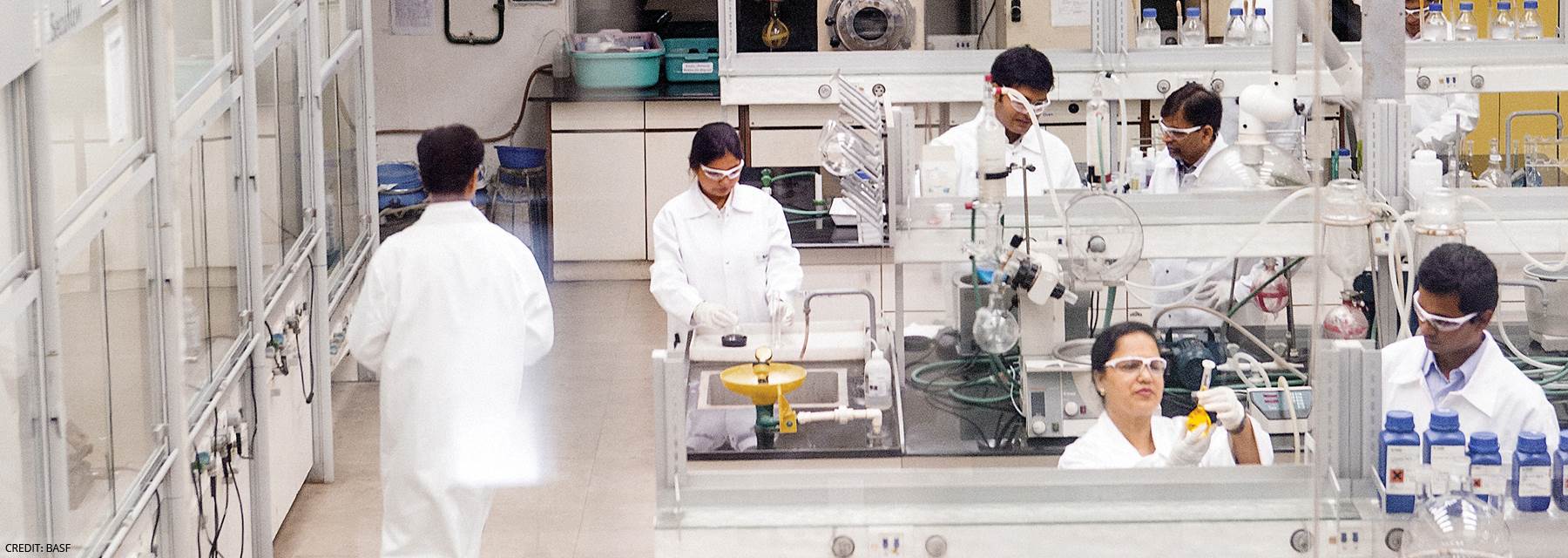The effects of chemicals on workers and consumers
About this essay
Dr Alois G Püntener, based in Switzerland, is considered an inventor and innovator in the chemistry of leather production, with a host of patents to his name. He gained his doctorate in chemistry at the University of Stuttgart, Germany. After more than 30 years of management experience in the leather, textile and related industries, working internationally in Switzerland, Germany, France, the US and India, he is now retired but still maintains strong links with the leather industry. A sought-after contributor and speaker at international conferences, he is president of VESLIC, the Association of Swiss Leather Chemists and Technologists, and an acknowledged expert on REACH legislation and its impact on the industry.
This essay tackles the following misrepresentations:
Myth: Tannery workers are routinely exposed to the dangers of toxic chemicals.
Fact: As in all manufacturing industries, chemicals for making leather are traded worldwide and are clearly marked with labels demanding correct levels of care and attention.
Executive summary
Leather manufacturing is a global business; tanners in industrialised countries have been successful protecting the environment and workers are treated with respect in safe workplaces. Due to cost pressures, tanneries have moved to developing countries and irresponsible media coverage has sought out the worst in tanning to make us believe this is the standard, suggesting neither owners, suppliers nor government look after workers, the environment and consumers’ health and safety.Chemicals are used throughout the different processing steps. It should be noted that the United Nations Globally Harmonized System of classification and labelling of chemicals (GHS) is an internationally agreed system. Biocides avoid damage and losses in leather caused by mould; they contain or generate active substances against harmful organisms such as pests and bacteria.
The reality is that life itself would not exist without chemicals or natural ingredients. Their safety depends on the substance and how much of it one is exposed to. The European Union is leading the world in making the use of chemicals safer. Its REACH regulation will improve the protection of human health, and producers of chemicals must demonstrate how a substance can be used safely and communicate risk management measures to users.
Tanneries will go further with innovation to improve protection of health and the environment from the risks that can be caused by chemicals, while ensuring their competitiveness.




